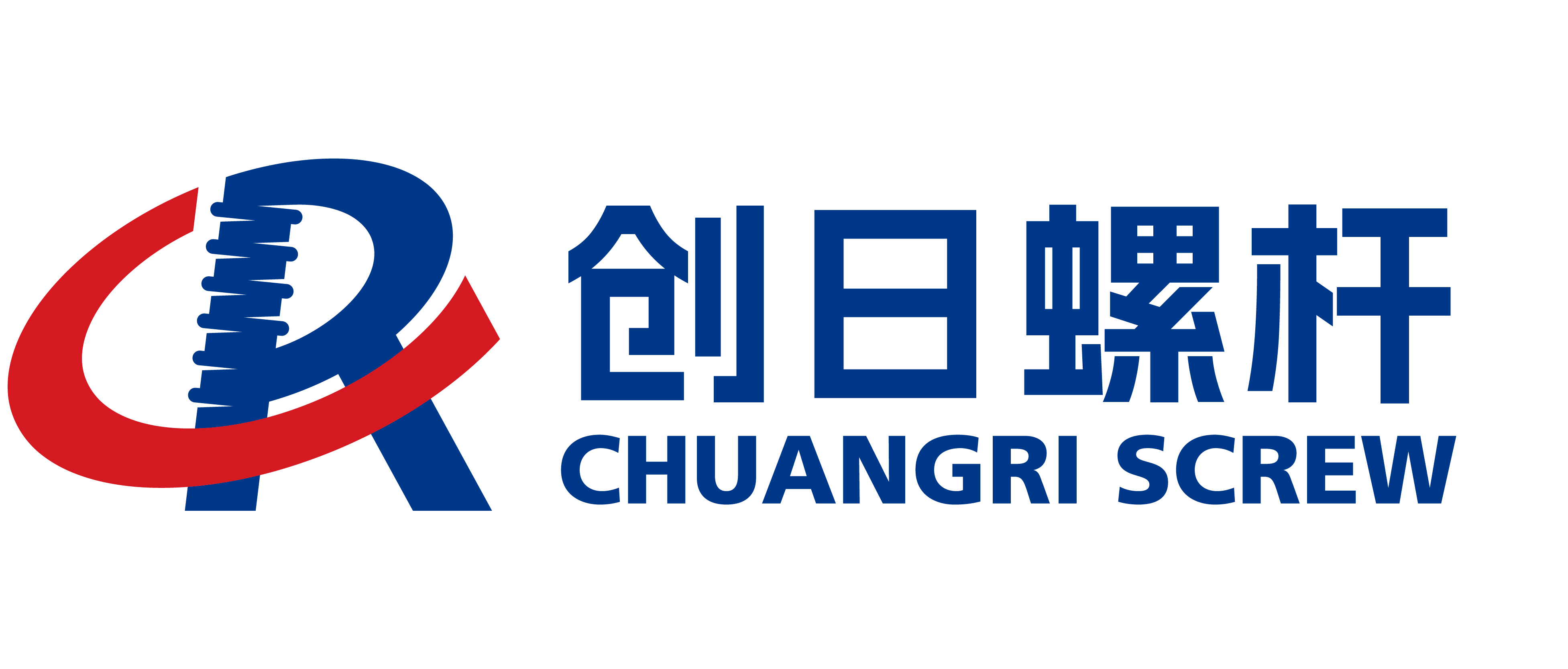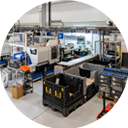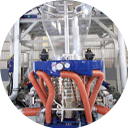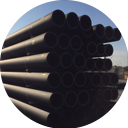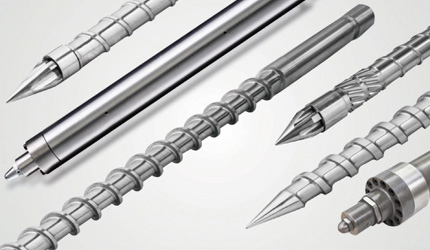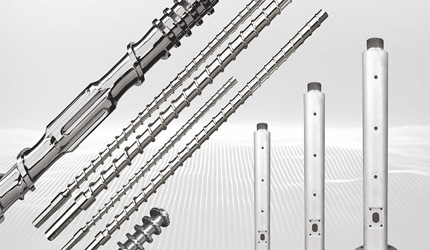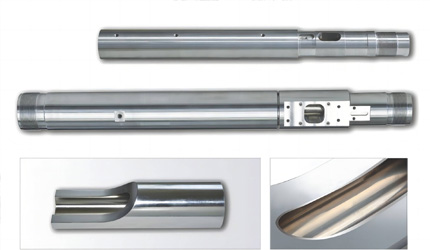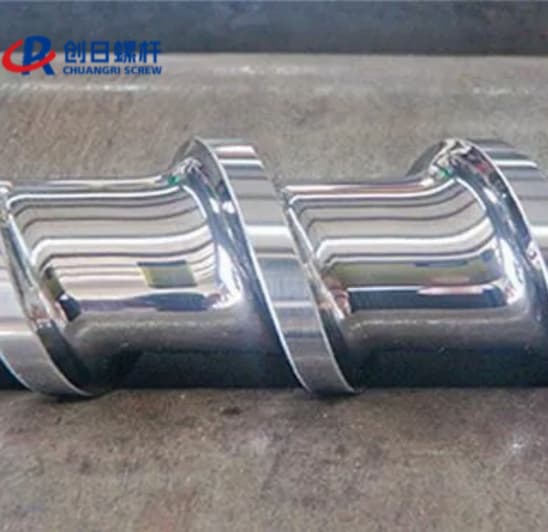Understanding Bimetallic Screw and Barrel: A Comprehensive Guide
Understanding Bimetallic Screw and Barrel: A Comprehensive Guide
What Makes a Bimetallic Screw Unique?
Key Features of a Bimetallic Screw
A bimetallic screw is special due to its smart build. It uses two different metals or alloys. Each part has a clear job. The outer layer is a tough alloy. It fights wear, rust, and high heat well. For twin screw extruders, the bimetallic barrel has a 1-3mm alloy coating inside. This boosts resistance to rust and scratches. It handles hot work conditions. This makes the screw last longer than nitrided screws.
The bimetallic layer sticks tight using methods like thermal spraying or welding. This works great for materials with rough fillers like calcium carbonate or glass fibers.
Advantages of Using Bimetallic Screws in Industrial Applications
Bimetallic screws shine in tough industrial tasks. Their strong design means they last long. This cuts downtime and repair costs. For example, they handle high-calcium carbonate PVC mixes well. They resist scratches better than regular screws. They also manage high pressures and heat. This suits injection molding and extrusion.
Plus, they adapt easily. Makers can tweak the alloy mix or coating thickness. This fits specific job needs. It ensures top performance across many fields.
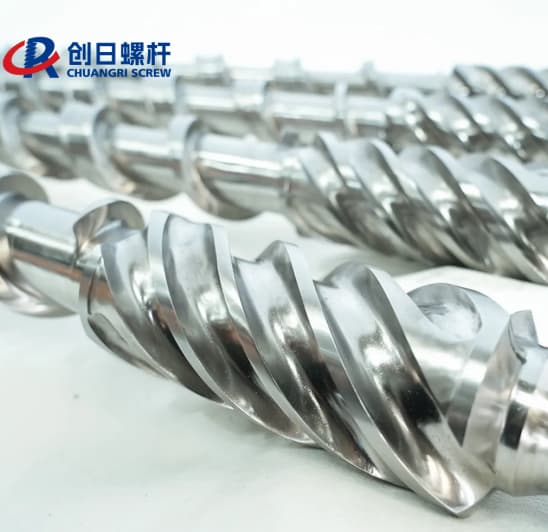
How Does a Bimetallic Screw and Barrel Work?
The Science Behind the Design
A bimetallic screw and barrel work smartly. The screw moves raw materials through feeding, melting, mixing, and metering. Its outer layer uses wear-tough alloys. These protect against scratches from material friction.
The barrel’s inner alloy coating adds strength. It stops rust and wear in high-pressure jobs. Methods like High-Velocity Oxygen Fuel (HVOF) welding bond the alloy to the base. This ensures long, steady performance.
Materials Used in Bimetallic Screws and Barrels
Bimetallic screws and barrels use top-grade materials. Common base metals are AISI 4340, 40Cr, 42CrMo, DC53, AISI 8620, and SKD61. These give strong, tough foundations.
Outer coatings often use tungsten carbide-nickel alloys. These are made for specific tasks. For example, tungsten carbide coatings reach 1350-2100 HV hardness. This mix ensures great results in tough settings.
Performance Benefits in High-Pressure Environments
Bimetallic screws thrive under high pressure. Their dual-metal build resists bending under heavy loads. They keep tight tolerances for smooth work. Their rust resistance handles harsh compounds well.
They also manage rough fillers like glass fibers or calcium carbonate. This makes them key for reinforced plastics or composites.
Why Choose a Bimetallic Screw Over Other Options?
Durability and Longevity in Harsh Conditions
Bimetallic screws beat others for durability. They outlast nitrided screws in wear resistance. They’re perfect for abrasive or rusty materials. These would wreck standard screws fast.
They stay strong in high heat over long use. This means fewer swaps and lower costs.
Cost-Effectiveness Over Time
Bimetallic screws cost more at first. But they save money long-term. Their long life cuts replacement needs. Less downtime boosts profits. Better material feeding zones raise output rates. This mix of efficiency and strength gives great value.
Enhanced Resistance to Wear and Corrosion
Wear and rust hurt machines. Bimetallic screws fight back with tungsten carbide coatings. HVOF bonding stops the alloy layer from peeling. This keeps performance steady and products consistent.
Who is CHUANGRI SCREW and What Do We Offer?
An Overview of CHUANGRI SCREW’s Expertise
CHUANGRI SCREW leads in making high-quality screws and barrels. We focus on bimetallic solutions for top performance. With years of know-how, they’re trusted in tough industries. Our drive for new ideas and precision meets modern needs.
Our High-Quality Bimetallic Screws
Specifications and Materials Used in CHUANGRI SCREW’s Products
CHUANGRI SCREW crafts bimetallic screws with care. We use strong base materials like AISI 4340, 40Cr, 42CrMo, DC53, AISI 8620, and SKD61. These give solid strength.
Tungsten carbide alloy coats key spots like screw roots, outer diameters, and threads. Coatings reach 0.4mm thick with 1350-2100 HV hardness. HVOF welding ensures a full bond. This stops peeling issues. Screws range from 10mm to 300mm for varied needs.
Applications Best Suited for Our Bimetallic Screws
CHUANGRI SCREW’s bimetallic screws fit harsh tasks. We handle abrasive fillers or rusty materials well. They’re great for fillers over 35% or mixed abrasive/rust issues.
We serve industries like:
- Plastic Manufacturing: For injection molding with 15%-50% glass fiber plastics.
- Automotive Sector: For strong car parts.
- Medical Devices: For precise, reliable equipment.
- Agricultural Tools: For tough, lasting tools.
- Pipe Fittings: For high-calcium carbonate mixes.
We handle high pressures and heat in PVC extrusion.
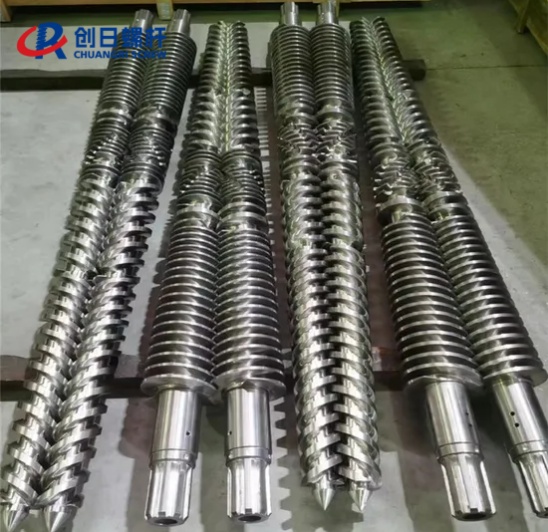
Why CHUANGRI SCREW Stands Out in the Industry
CHUANGRI SCREW excels with quality and new ideas. Our bimetallic screws beat nitrided ones in wear resistance. This cuts maintenance and lasts longer. We customize coatings or alloys to fit customer needs. This ensures top results in any job.
FAQ
Q: What industries commonly use bimetallic screws?
A: Automotive, plastic packaging, medical devices, agricultural tools, and more use them for durability and efficiency.
Q: How do bimetallic screws compare with nitrided screws?
A: They offer better wear resistance and last longer, especially with abrasive or rusty materials.
Q: Can bimetallic barrels handle high-calcium content mixtures?
A: Yes, they resist abrasion well for high-calcium carbonate mixes.
Q: What maintenance is required for bimetallic screws?
A: Regular checks keep them working well. Their strong build reduces repair needs.
Q: Are there size limitations for manufacturing bimetallic screws?
A: No, they range from 10mm to 300mm to fit different tasks.
